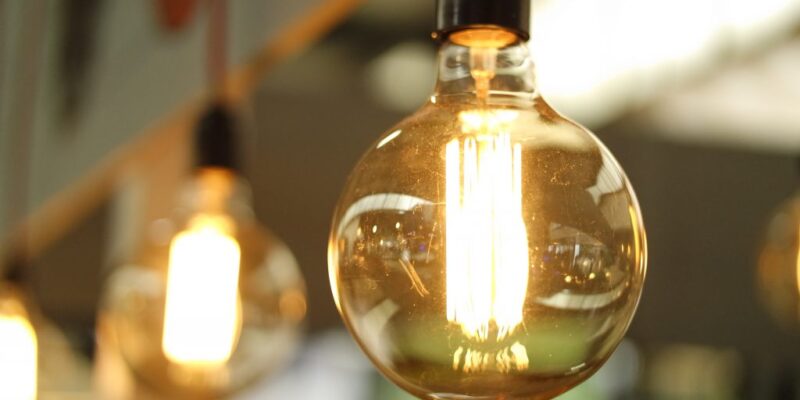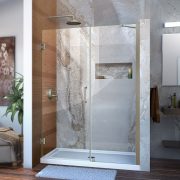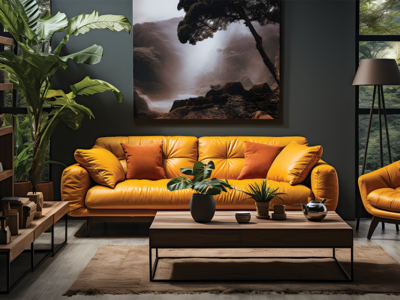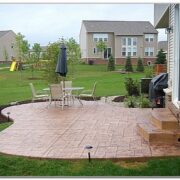If you are looking for ways to reduce your energy costs, lighting is one area where you can make a big impact without sacrificing your home’s comfort or functionality.
By making a few simple changes to your lighting, you can easily and rapidly decrease how much electricity you use each month, potentially saving hundreds of dollars on your utility bills. Here are some changes you can make to your lighting that can help reduce your energy costs.
Utilize Natural Light
Instead of relying on artificial lighting, consider using natural light as much as possible. To do this, ensure the sun’s rays reach deep into your home during daytime by removing obstructions like overhanging trees.
You can also take advantage of reflective surfaces such as mirrors and white walls to help disperse sunlight deep into your home. You should also remember to open your curtains and windows.
Remove Unnecessary Lights
Unnecessary lights include those lights that are not currently in use but stay on perpetually or lighting that is not necessary for your task. For example, if low voltage deck lighting sufficiently lights your deck, turning off any outdoor lamps or wall fixtures you don’t need might be a good idea.
This will help reduce your lighting bill by using less energy, creating visual coziness, and helping optimize your focus when completing tasks.
Switch to LED Energy-Saving Light Bulbs
Switching to LED energy-saving light bulbs can greatly reduce your lighting bill. LEDs are highly efficient and create the same amount of light using much less electricity than traditional incandescent bulbs, meaning more light for less money.
LED bulbs save energy costs and last longer than regular bulbs; a single LED bulb can produce many more hours of continuous light. These lights also have the added advantage of being eco-friendly compared to regular incandescent bulbs containing hazardous materials such as mercury and lead that are released into the atmosphere when disposed of.
Use Dimmer Switches
Using a dimmer switch to control your lights allows you to use significantly less energy than a traditional lightbulb and switch setup. Dimmer switches work by reducing the amount of current flowing through your wiring.
Dimmers can provide greater control over how much light is emitted from a single fixture, allowing you to save energy by using only as much light as needed at any given time.
Dimmer switches also provide further energy savings by extending the lifespan of bulbs, letting them last longer, and reducing the number of times you have to replace a bulb. They also increase the aesthetic appeal of any room by enabling lighting changes to create different moods or ambiances.
Lighting Controls and Sensors
By offering customized lighting options, lighting controls and sensors allow you to adjust the light levels of your rooms with a simple keystroke. Motion-sensitive controls can detect when people enter or leave a room and automatically adjust the lights accordingly, ensuring that no energy is wasted on unnecessarily illuminated spaces.
For added convenience, many of these lights can be controlled using apps or voice commands. You can, therefore, always enjoy the right lighting level with minimal effort, making it easier to control your lighting.
Turn Off the Lights
One great way to reduce your energy bill is to turn off the lights whenever you leave a room. Lighting can be one of the most significant contributors to an expensive electricity bill, so implementing this simple action throughout your home will lead to substantial power savings.
Install Solar Lights
You can reduce electricity costs by harnessing solar energy without dramatically altering your lifestyle. This is an inexpensive option in terms of installation and maintenance. Additionally, solar lights are designed with auto-dimming capabilities that allow them to adjust their brightness according to ambient light levels. This helps with efficiency and means you don’t have to worry about turning them on and off daily.
Use Task Lighting
Task lighting is a great way to save money on your energy bill without sacrificing quality lighting for everyday activities. Task lighting offers focused lighting that allows you to direct it precisely where you need it, eliminating the use of unnecessary light, which can increase energy costs.
Incorporating task lighting into a room will also mean that your central overhead lighting can be at a lower level, further reducing overall energy consumption and cost.
Zone Your Lighting
Zoning your lighting means strategically planning and grouping your lighting fixtures by zones allows you to adjust your lights based on the time of day or specific activities throughout the home.
For example, if you have unnecessary lights on in a room no one is using, simply turn off that zone or reduce the number of fixtures in that zone, saving energy and money.
The energy bill is one of the many monthly expenses that can be expensive in the long run. Fortunately, there are various ways to help reduce your energy consumption and save on electricity costs. By turning off lights when you leave a room, zoning your lighting, and using task lighting, solar lighting, LED bulbs, and natural light, you will use less energy, costing you less money.













Comments